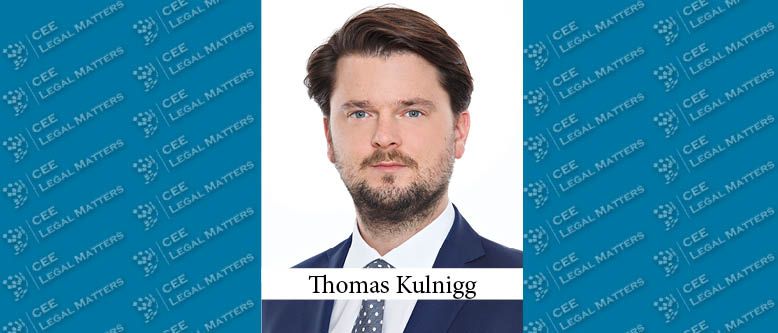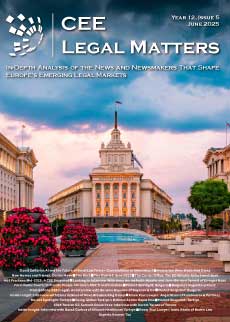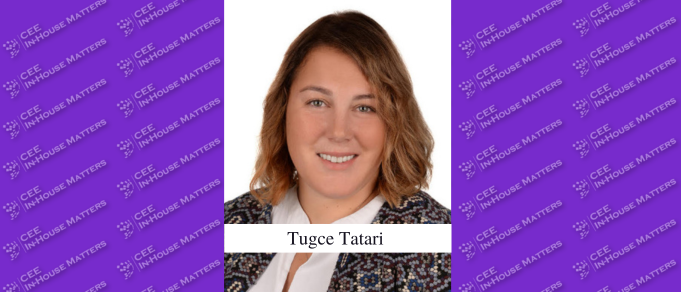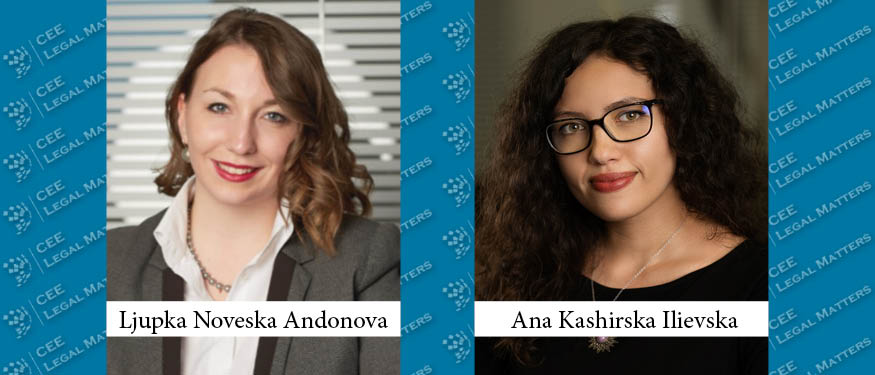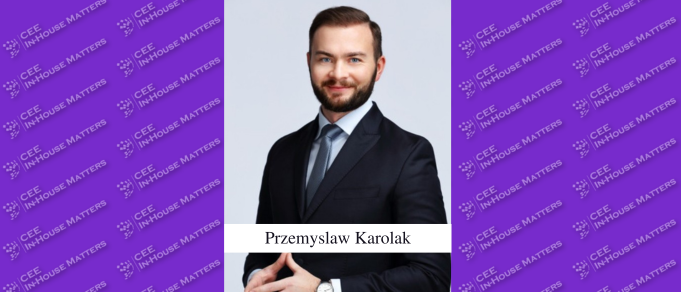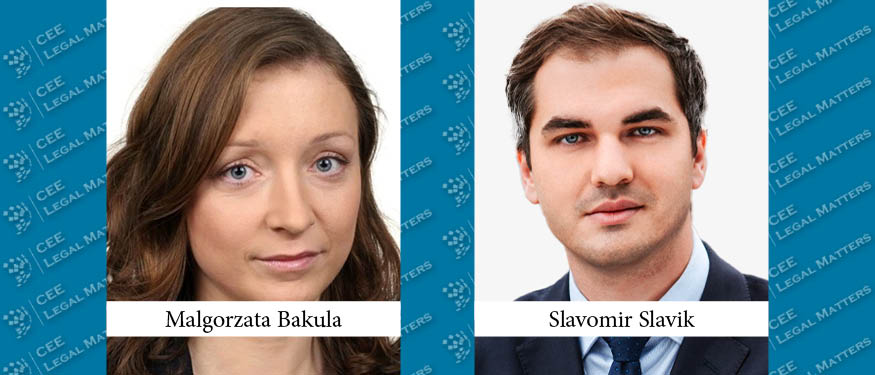In September 2018 Schoenherr Partner Thomas Kulnigg advised crowd-investing company Conda AG on the digitalization of its shares, allowing the registered shares to be managed via blockchain technology. The project represented the first-ever digitalization of shares linked to digital tokens in an Austrian joint stock company. The tokens were digital units that were mined exclusively by Conda on a blockchain (dis-tributed ledger technology) protocol and then given to company shareholders. When a shareholder trans-fers a token to another person, the transfer is recorded in the blockchain and, on that basis, the transfer is also registered in Conda’s share ledger. The transfer of a token is thus the equivalent of a share transfer.
We reached out to Kulnigg to learn more about this revolutionary project.
CEELM: As opposed to its ICO, which your team also advised on, what specific legal work was involved with the digitalization of CONDA’s shares?
Thomas: The work was quite different, compared to the ICO. It was really focused on the corporate law question – can you digitalize a share of a private company? We had to do a lot of research and thinking as well as deep-diving into the technical details of the envisaged digitalization via the Ethereum blockchain. Once we formed our view, we then had to convince the Commercial Court Vienna that our project was admissible and viable. This was particularly tricky as courts tend to not give clear answers before an official application is made. We were finally able to convince the judge to register the share change, and the transac-tion was completed.
CEELM: When such share digitalizations were made in other jurisdictions for the first time they were carefully scrutinized from the relevant authorities – sometimes even tested through a “sandbox” period. Was that true here as well?
Thomas: In our case, we only changed the way the shares are represented. Typically, shares in a joint stock company are represented via written share certificates. Here, we changed from the ordinary “materialization” to digital shares. No shares were transferred or offered to other parties. Our transaction was exempt from the prospectus requirement and no other regulations applied.
CEELM: Since there were very few guidelines on how to segment registered shares as tokens in Austria, how did you figure out how to do this?
Thomas: The starting point was the articles of association of the company: Can you change the articles in a way that is not prescribed by law? Under Austrian law, privately-held joint stock companies can implement such changes within certain limits, and we believe that the digitalization of shares falls within these limits.
CEELM: Once the process was understood conceptually by the court, was this a fairly straight-forward and simple process, or was it complicated?
Thomas: The devil was – as always – in the details. We had to deal with practical issues such as that not all shareholders had digital wallets for Ethereum tokens, so we had to produce wallets for shareholders. Also, the technical details had to be considered in the final board resolutions that approved the tokenization of the shares.
CEELM: Why did Conda decide to do this?
Thomas: Conda wanted to do a self-test: they wanted to show that they had the know-how to digitalize shares via the blockchain. We implemented the structure from a legal perspective in the most efficient but al-so flexible way considering that blockchain technology or distributed ledger technology in general is subject to constant changes. Our structure can be adjusted if needed from a technical perspective.
CEELM: And is there a specific value/benefit to digitalizing the shares in this manner?
Thomas: Yes, shares can be transferred digitally, without exchanging paper certificates.
CEELM: Have any legislative/regulatory developments taken place since this transaction that will facilitate similar transactions in the future?
Thomas: Unfortunately, legal developments in Austria have stalled in the past months due to recent chang-es in our government. However, the Austrian government finally implemented the fifth anti-money laun-dering directive, which also deals with digital assets (virtual currencies) and service providers. I cannot really confirm that this regulation facilitates any transaction in the crypto-world – I believe it rather brings up more questions and threatens certain business models (Austria has again gold-plated the law quite a bit…).
On the other hand, Austria has seen some activity with security token offerings and initial exchange offer-ings in the past. The most recent IEO by Bitpanda was considered quite successful and they claim to have launched the most successful IEO in Europe. I believe that this shows that crypto-transactions are still pos-sible in Austria and can be successful if the underlying product is right.
CEELM: How has this transaction helped Conda in its mission as a crowd-investing platform for start-ups and SMEs?
Thomas: For Conda, the transaction was a huge push because they were able to show the world that they had the know-how to implement blockchain transactions.
CEELM: Are you seeing any interest from other clients to implement such a digitalization of shares or is this still very much a fringe practice? What do you believe it will take for it to become more mainstream?
Thomas: We have seen a lot interest from our clients, who want to digitalize all sorts of assets. At the mo-ment, this topic has become a bit quieter, but we believe that things will pick up again. The key element for having success with digitalizing assets will be whether or not a secondary market, where those assets can be traded, will develop.
At the moment, there is no marketplace where security tokens and other digital assets that are regulated can be traded. Once this changes, we will see more and more transactions. We look forward to this and we are ready to support our clients in this fascinating legal area.
This Article was originally published in Issue 6.8 of the CEE Legal Matters Magazine. If you would like to receive a hard copy of the magazine, you can subscribe here.

